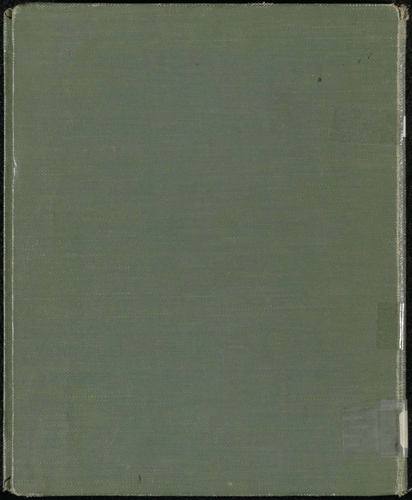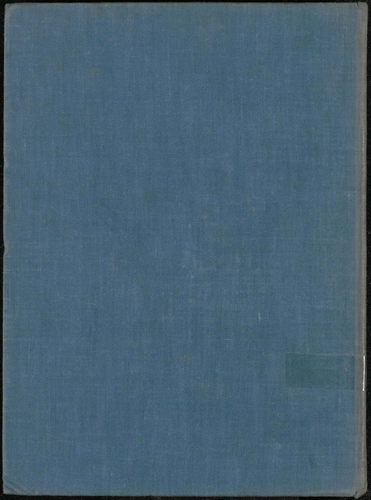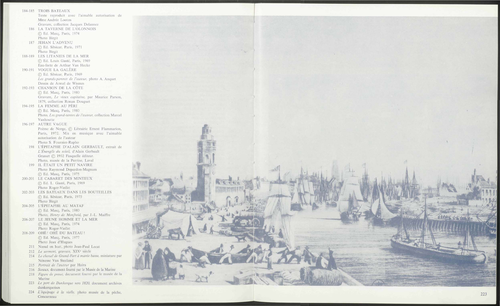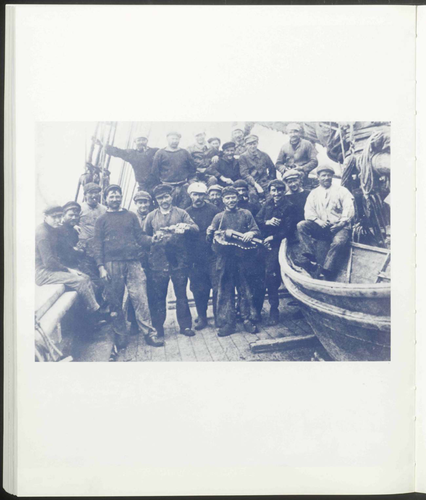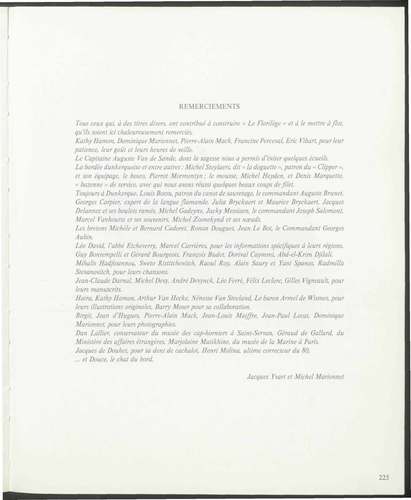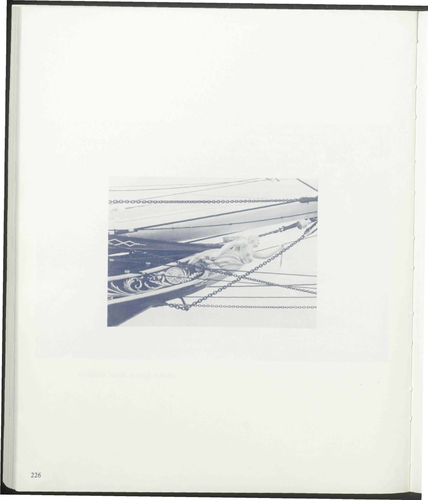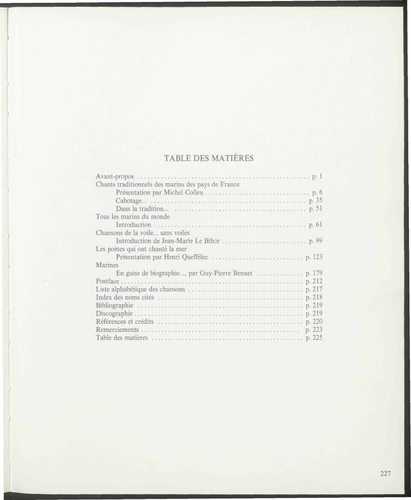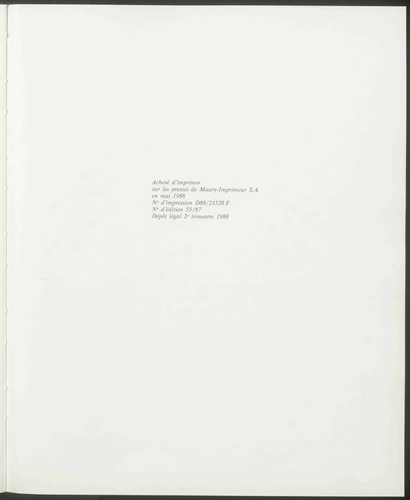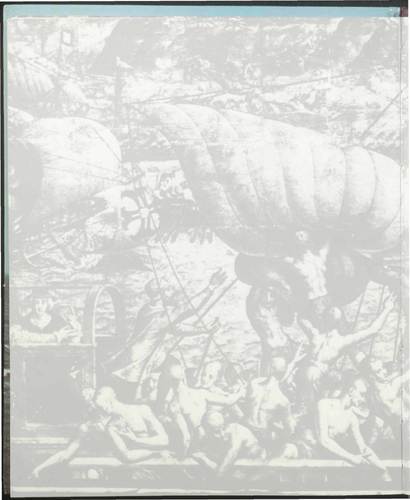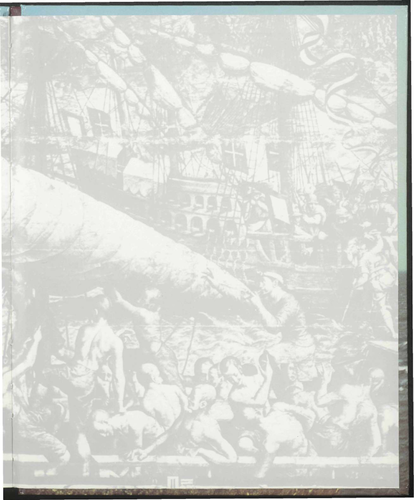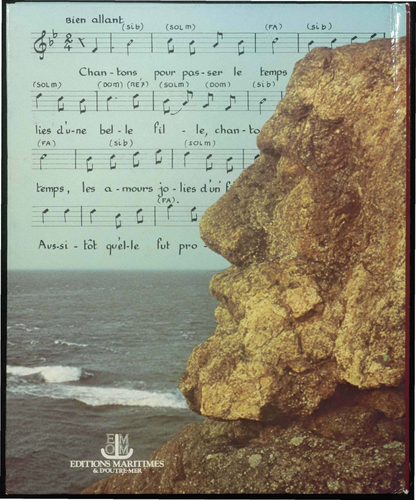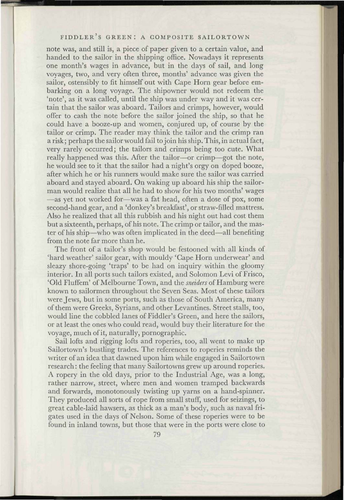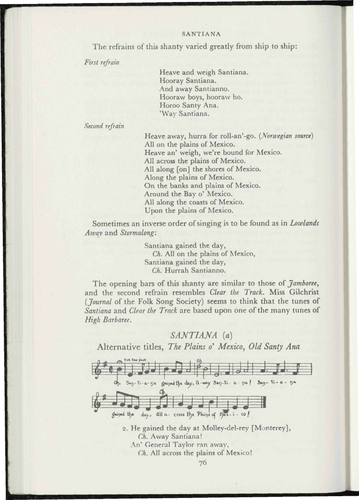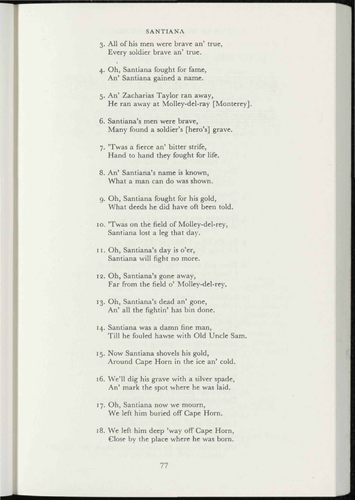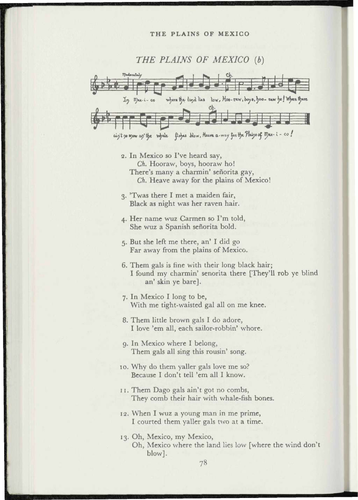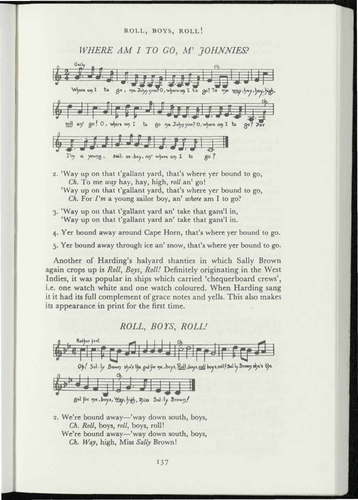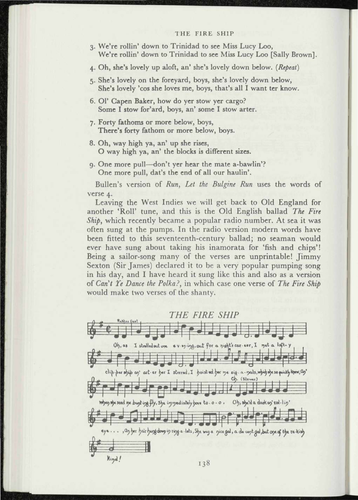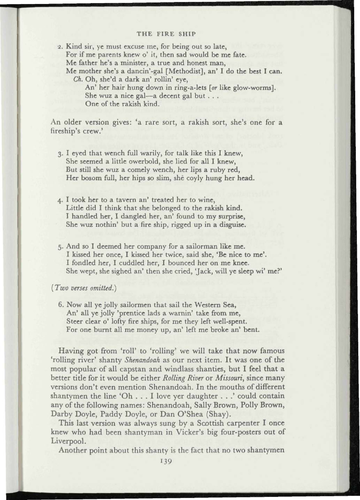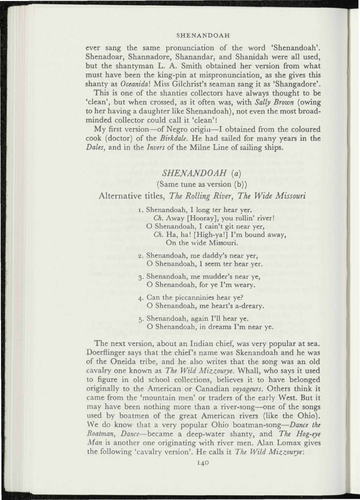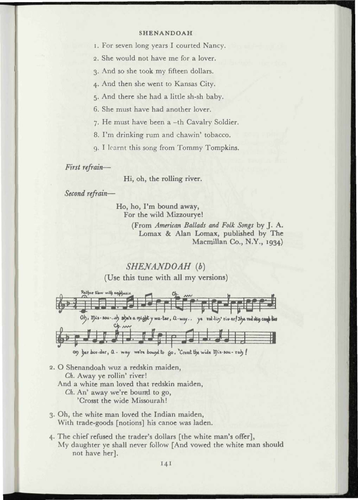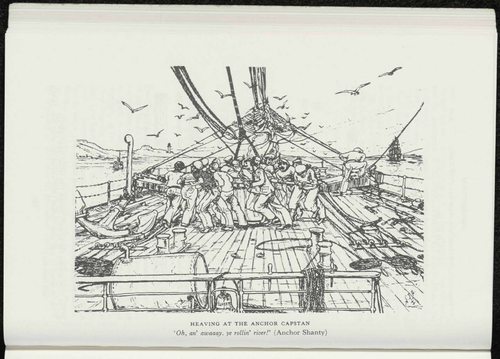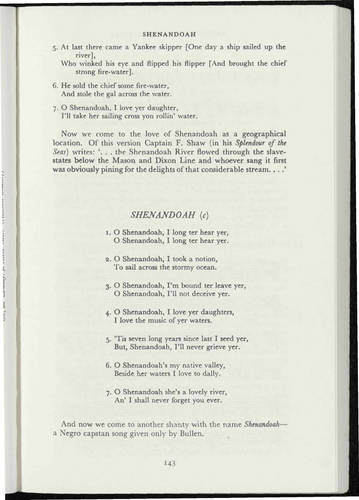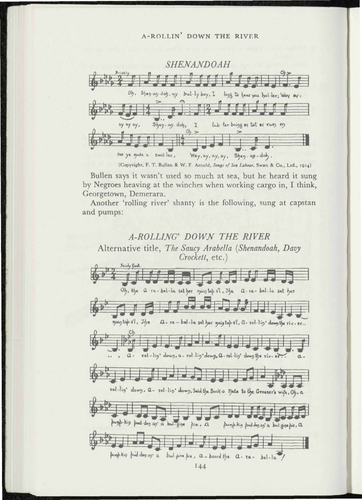Beeld en geluid
Archieven.nl bevat verschillende bronnen waarin Beeld en Geluid centraal staan. Zo kunt u bijvoorbeeld denken aan foto’s, film of een toespraak op een geluidscassette. Op deze pagina treft u al het beeld en geluid aan van diverse archiefdiensten.
Filter: Shanty Nederlandx
8.107 bestanden
sorteren op:
001 A Book of Shanties 1
Organisatie: Shanty Nederland
laatste wijziging 14-12-2021
1 gedigitaliseerd
033 Florilège De La Chanson De Mer
Organisatie: Shanty Nederland
laatste wijziging 24-12-2021
1 gedigitaliseerd
033 Florilège De La Chanson De Mer
Organisatie: Shanty Nederland
laatste wijziging 24-12-2021
1 gedigitaliseerd
033 Florilège De La Chanson De Mer
Organisatie: Shanty Nederland
laatste wijziging 24-12-2021
1 gedigitaliseerd
033 Florilège De La Chanson De Mer
Organisatie: Shanty Nederland
laatste wijziging 24-12-2021
1 gedigitaliseerd
033 Florilège De La Chanson De Mer

Florilège De La Chanson De Mer,
Titel:
Florilège De La Chanson De Mer
Organisatie: Shanty Nederland
laatste wijziging 24-12-2021
1 gedigitaliseerd
033 Florilège De La Chanson De Mer
Organisatie: Shanty Nederland
laatste wijziging 24-12-2021
1 gedigitaliseerd
033 Florilège De La Chanson De Mer

Florilège De La Chanson De Mer,
Titel:
Florilège De La Chanson De Mer
Voorbeeld : Klik op de tekst voor meer
Organisatie: Shanty Nederland
laatste wijziging 24-12-2021
1 gedigitaliseerd
033 Florilège De La Chanson De Mer

Florilège De La Chanson De Mer,
Titel:
Florilège De La Chanson De Mer
Voorbeeld : Klik op de tekst voor meer
Organisatie: Shanty Nederland
laatste wijziging 24-12-2021
1 gedigitaliseerd
033 Florilège De La Chanson De Mer

Florilège De La Chanson De Mer,
Titel:
Florilège De La Chanson De Mer
Voorbeeld : Klik op de tekst voor meer
Organisatie: Shanty Nederland
laatste wijziging 24-12-2021
1 gedigitaliseerd
033 Florilège De La Chanson De Mer

Florilège De La Chanson De Mer,
Titel:
Florilège De La Chanson De Mer
Voorbeeld : Klik op de tekst voor meer
Organisatie: Shanty Nederland
laatste wijziging 24-12-2021
1 gedigitaliseerd
049 Shanties From The Seven Seas
Organisatie: Shanty Nederland
laatste wijziging 24-12-2021
1 gedigitaliseerd
049 Shanties From The Seven Seas
Organisatie: Shanty Nederland
laatste wijziging 24-12-2021
1 gedigitaliseerd
049 Shanties From The Seven Seas
Organisatie: Shanty Nederland
laatste wijziging 24-12-2021
1 gedigitaliseerd
049 Shanties From The Seven Seas
Organisatie: Shanty Nederland
laatste wijziging 24-12-2021
1 gedigitaliseerd
049 Shanties From The Seven Seas
Organisatie: Shanty Nederland
laatste wijziging 24-12-2021
1 gedigitaliseerd
049 Shanties From The Seven Seas
Organisatie: Shanty Nederland
laatste wijziging 24-12-2021
1 gedigitaliseerd
049 Shanties From The Seven Seas
Organisatie: Shanty Nederland
laatste wijziging 24-12-2021
1 gedigitaliseerd
049 Shanties From The Seven Seas
Organisatie: Shanty Nederland
laatste wijziging 24-12-2021
1 gedigitaliseerd
049 Shanties From The Seven Seas

Shanties From The Seven Seas,
Titel:
Shanties From The Seven Seas
Voorbeeld : Klik op de tekst voor meer
Organisatie: Shanty Nederland
laatste wijziging 24-12-2021
1 gedigitaliseerd
049 Shanties From The Seven Seas
Organisatie: Shanty Nederland
laatste wijziging 24-12-2021
1 gedigitaliseerd
049 Shanties From The Seven Seas
Organisatie: Shanty Nederland
laatste wijziging 24-12-2021
1 gedigitaliseerd

 Mijn Studiezaal (inloggen)
Mijn Studiezaal (inloggen)